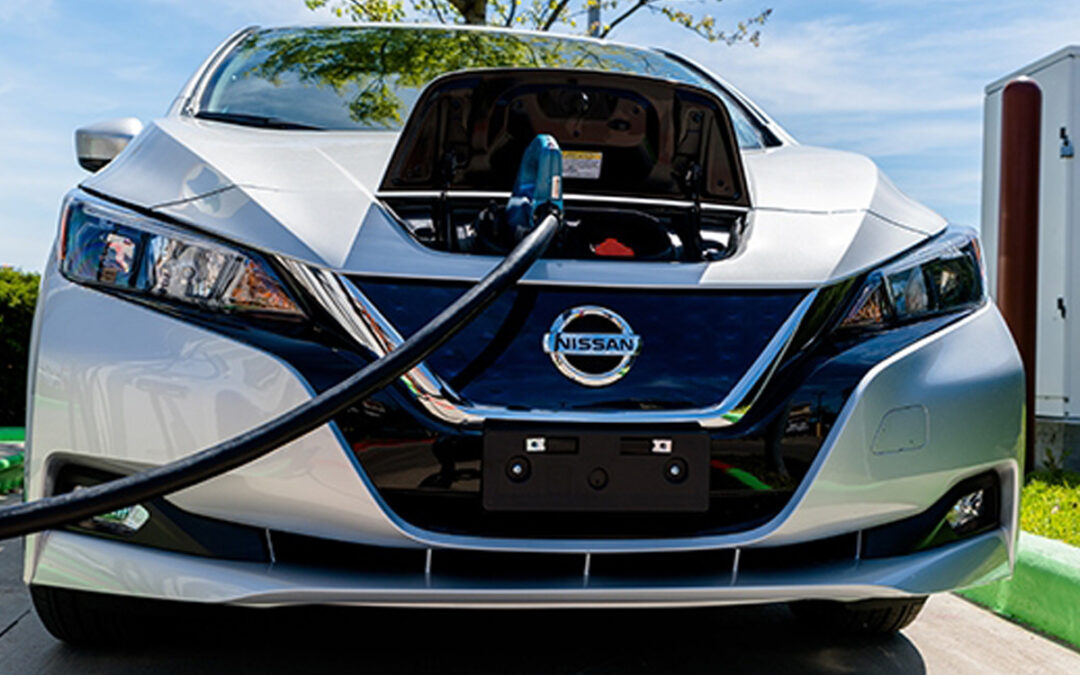In this week’s 2020 PEI Virtual Convention & Expo, various industry leaders from the fuel equipment sector assessed the opportunities in electric vehicle charging.
Electric vehicles only broke the 2% mark in yearly light-duty vehicle sales this year. Despite the low figure it has become an unavoidable topic of discussion for the fuel retail industry – with many operators wondering if they should install EV chargers, and suppliers if they should start providing the technology and service.
24% of members from the Petroleum Equipment Institute (PEI) are actively engaged in EV charging station installation compared to the 7.9% of last year. 35% still have not decided if they will get involved, explained Rick Long, Executive Vice President of PEI in his State of the Industry presentation.
The increasing relevance of the debate around EV has mainly come from political spheres. House Democrats released a net zero plan including 100% EV sales by 2035 which targeted gasoline-powered vehicles, while a California executive order will require all new passenger vehicles sold by 2035 to be zero emissions.
Is this a threat for PEI members?
Bo Sasnett, CEO of D&H United and speaker at the Wednesday session, does not believe so. With only 2% of global vehicle sales being battery-powered, gasoline and diesel will continue to dominate the world’s fleet for many years. “Instead of a threat, it can be an opportunity,” believes Sasnett.
Under the current dynamics, ten million EVs are expected to be on U.S. roads by 2025. Around $13 billion will be spent in charging infrastructure with 3 million EV chargers installed across the country. The U.S. Government will put over $2 billion in funding towards this goal.
“The customer base is there and we have the availability to touch those customers that need EV solutions. We are the service providers for retailers and they know they can trust us. We are used to 24/7 service and taking care of retail and fleet business. We can leverage the service that we already provide, such as logistics, planning, project management and equipment distribution,” said Sasnett.
What are the steps to take if you decide to get involved?
When thinking about adding EV chargers to a site, one has to analyse the impact on parking, the associated equipment, displacement of landscape, local regulations, and to discuss the availability and costs of the electrical power with a local utility company, explained Patrick Fiedler, President of Fiedler Group.
Suppliers and retailers also need to look at the type of power they want to provide: Level 1 charging has 120V and time of 9 to 24 hours (typically used at houses and office buildings); Level 2 charging has 240V with a time of 4 to 6 hours; finally, Level 3 (L3) charging has around 480V and can charge a car in up to 30 minutes. L3 chargers present the best business proposal for retailers.
“Liquid fuel dispenser providers could easily transition into offering the installation of Level 3 chargers due to the servicing experience,” commented Justin Spence, Head of Electrical Division at The Oscar W. Larson Company.
Once a company has decided to move to L3 installation, the first thing is to be licensed, which typically requires a Master electrician employed at the firm. L3 chargers need a lot of power so safety training is essential.
The Oscar W. Larson Company has installed L3 chargers at some 40 locations in the U.S. and calculates an average of $200,000 for the set-up of two L3 chargers.
With Government funding expected to help the installation of EV chargers, fuel equipment suppliers and gas station operators may look at jumping on the EV market despite gasoline and diesel reigning for the foreseeable future.
*The 2020 PEI Virtual Convention & Expo took place online on November 10 – 12. More coverage will come.
Credit: petrolplaza.com

